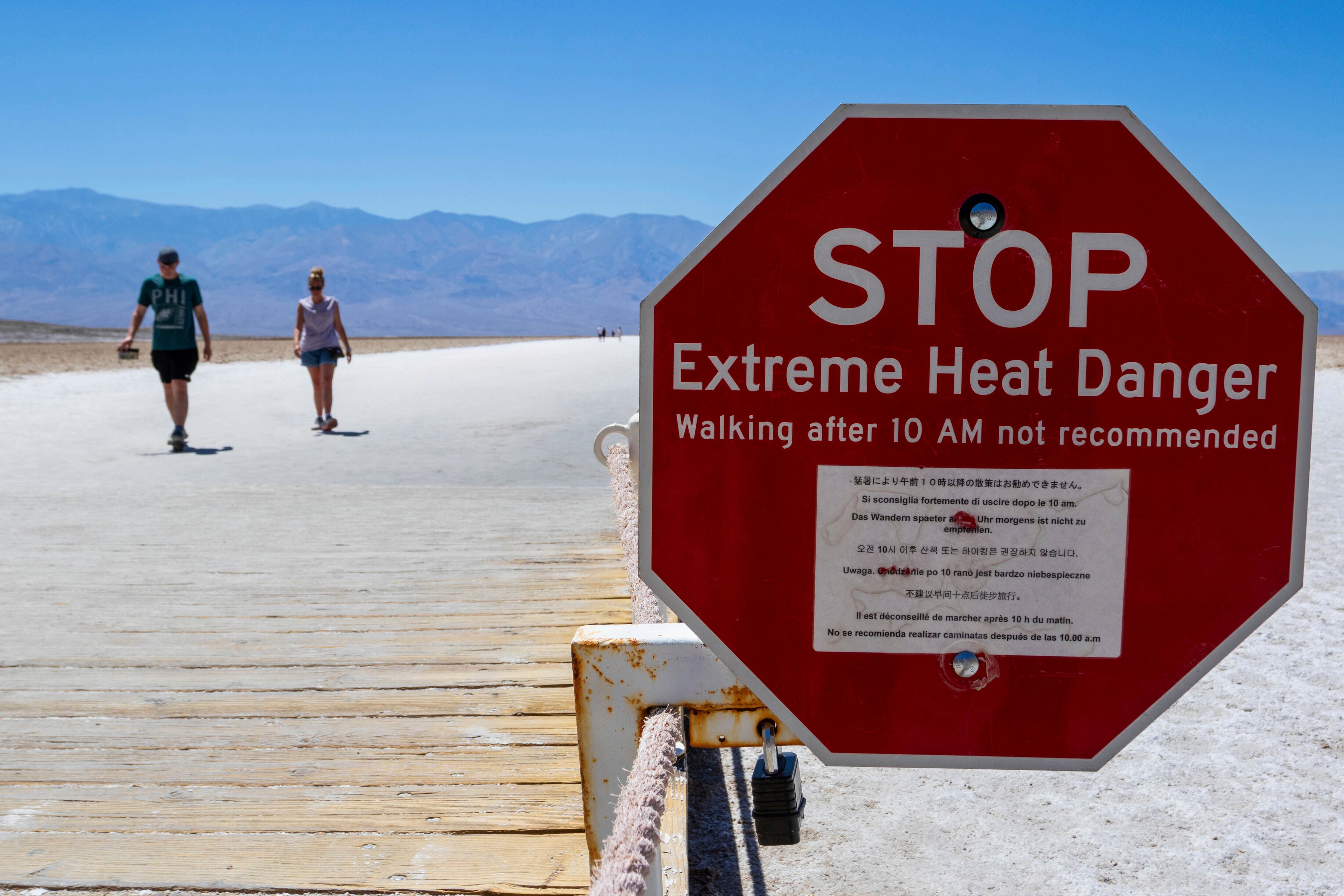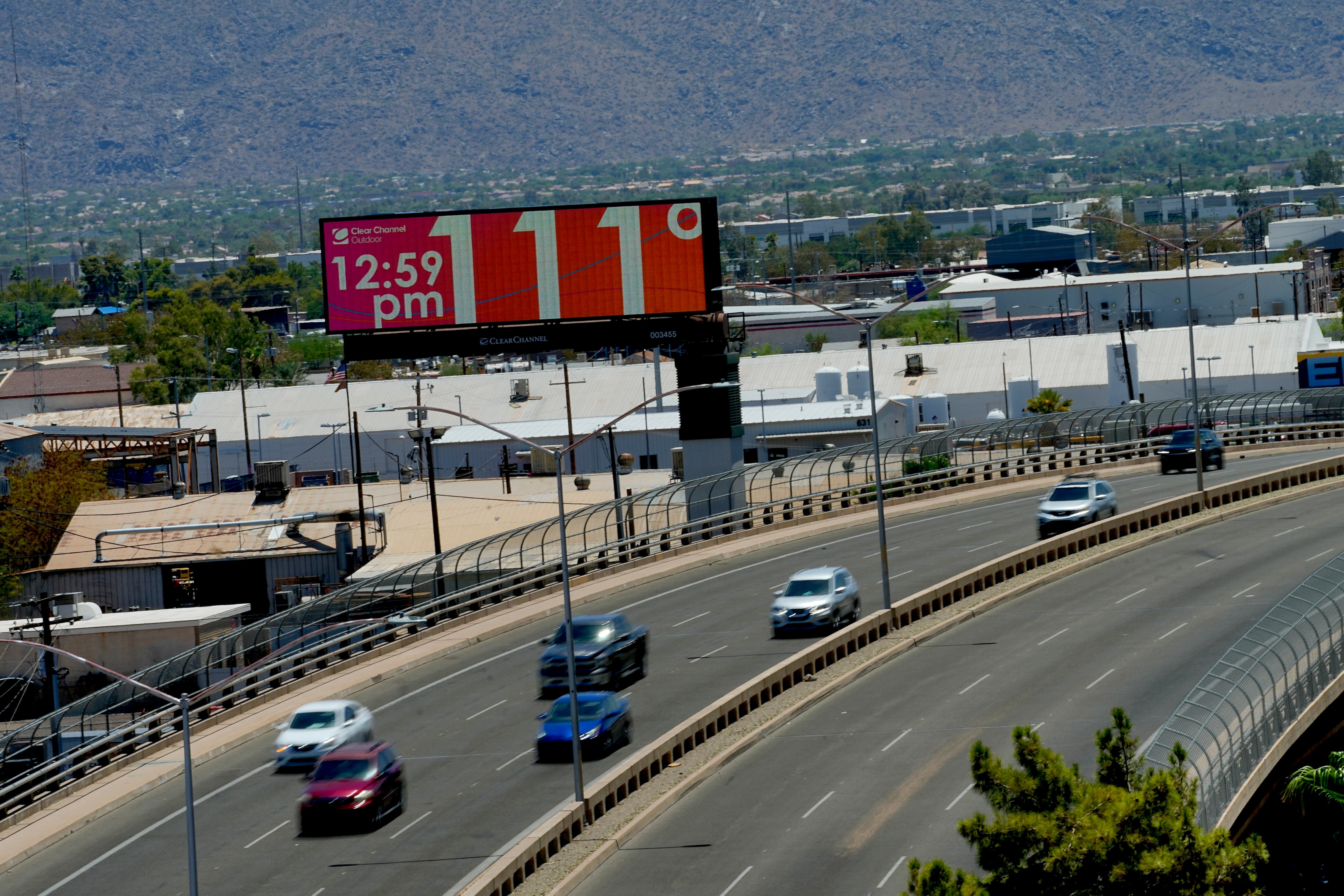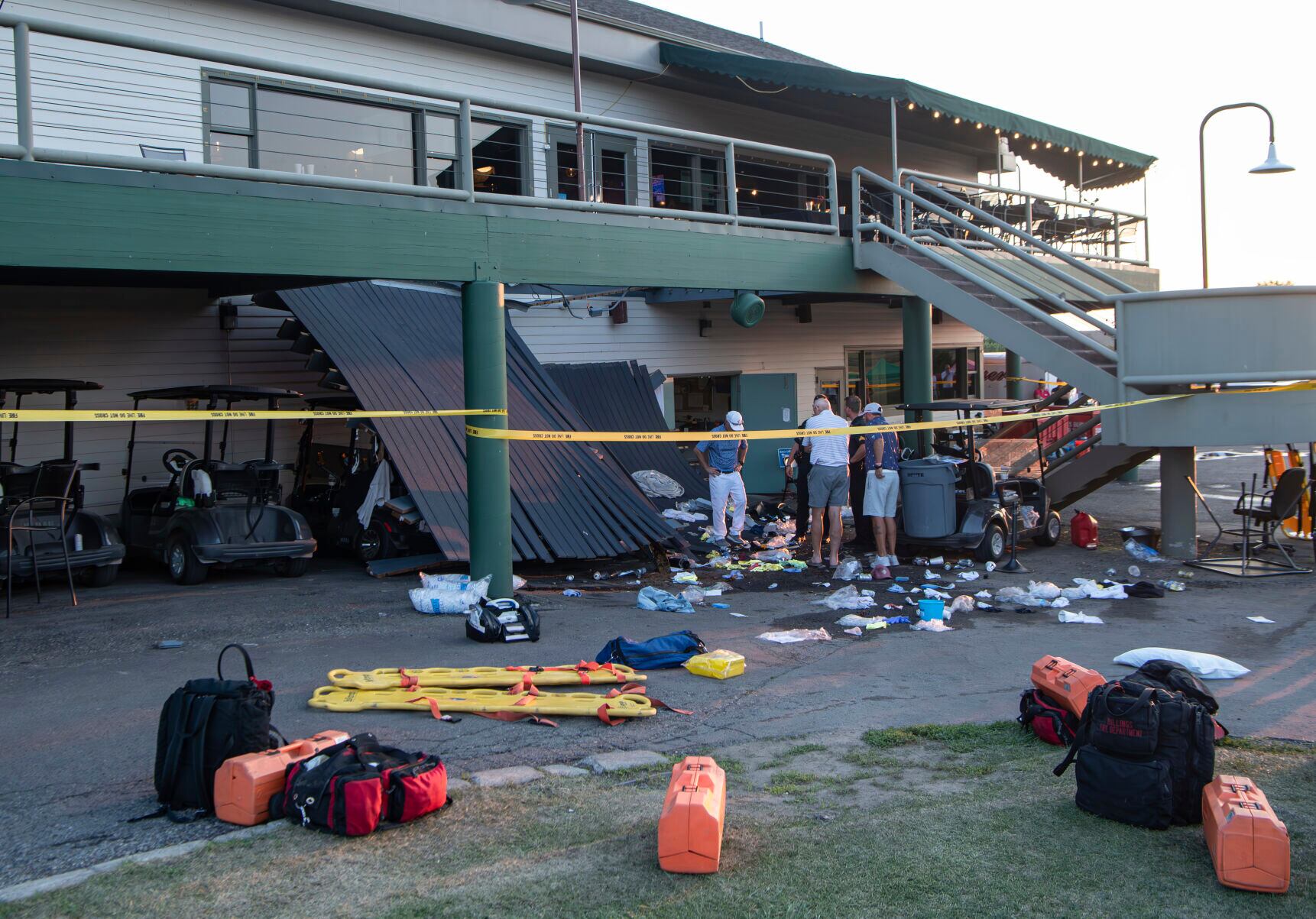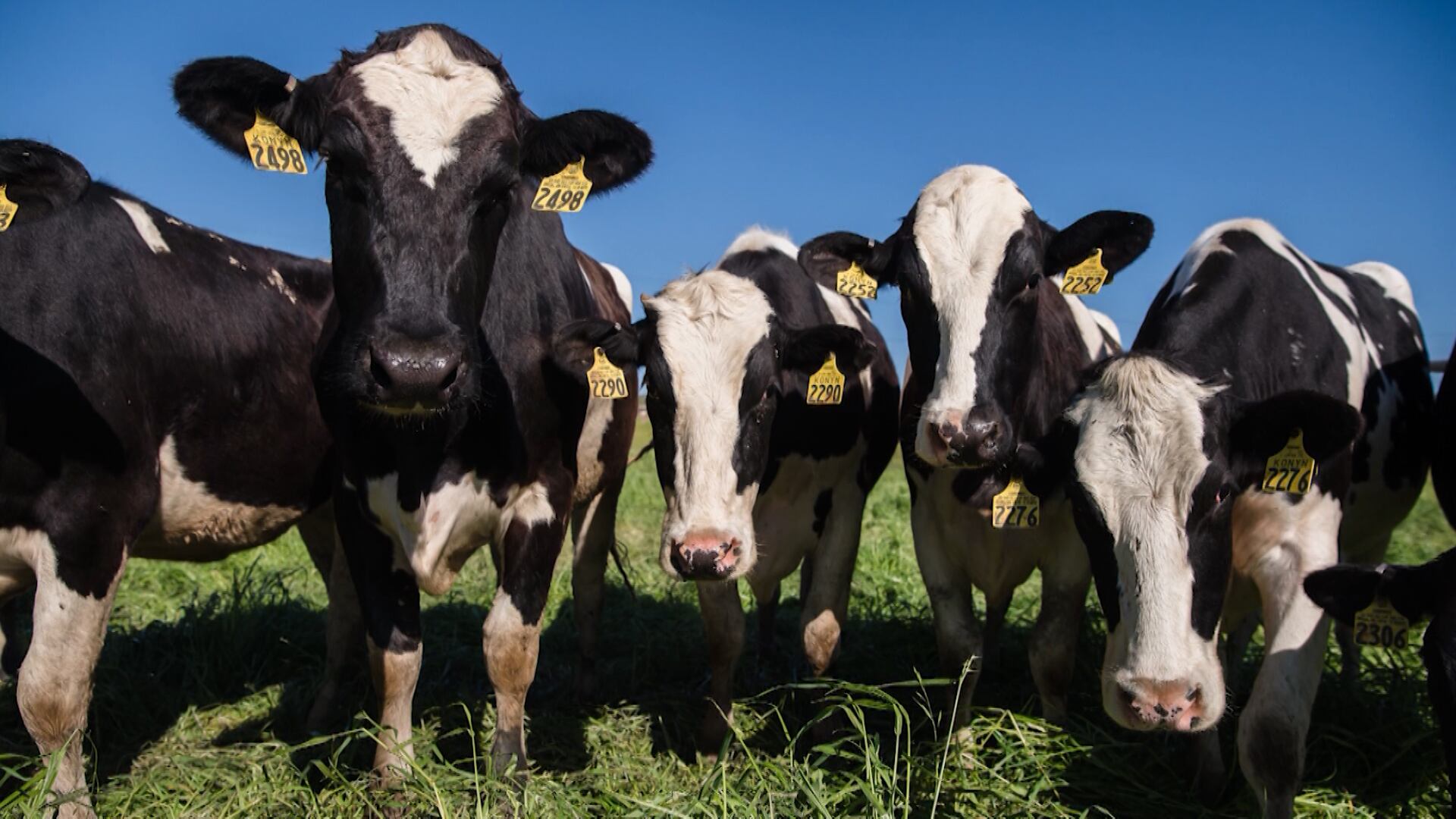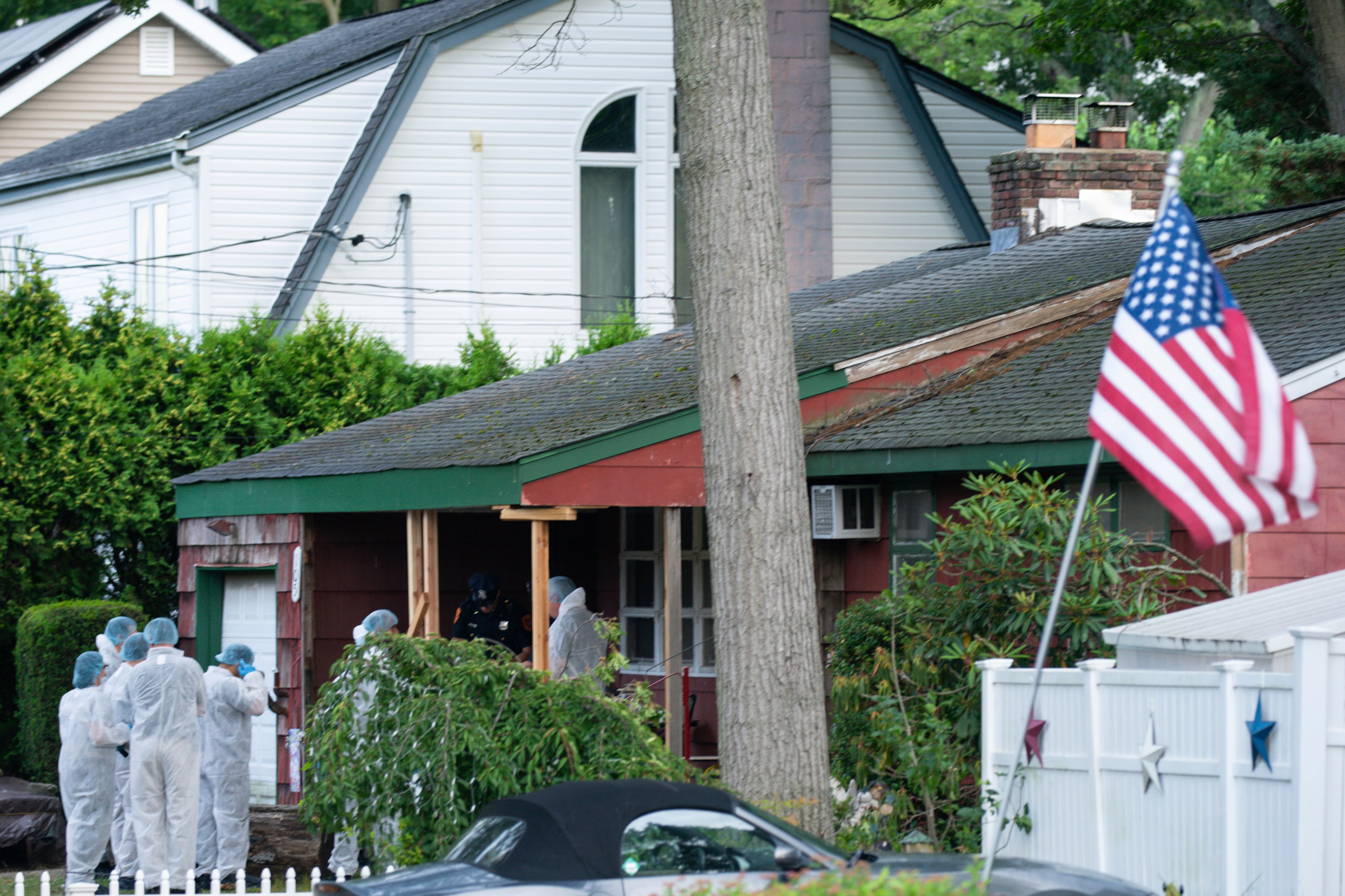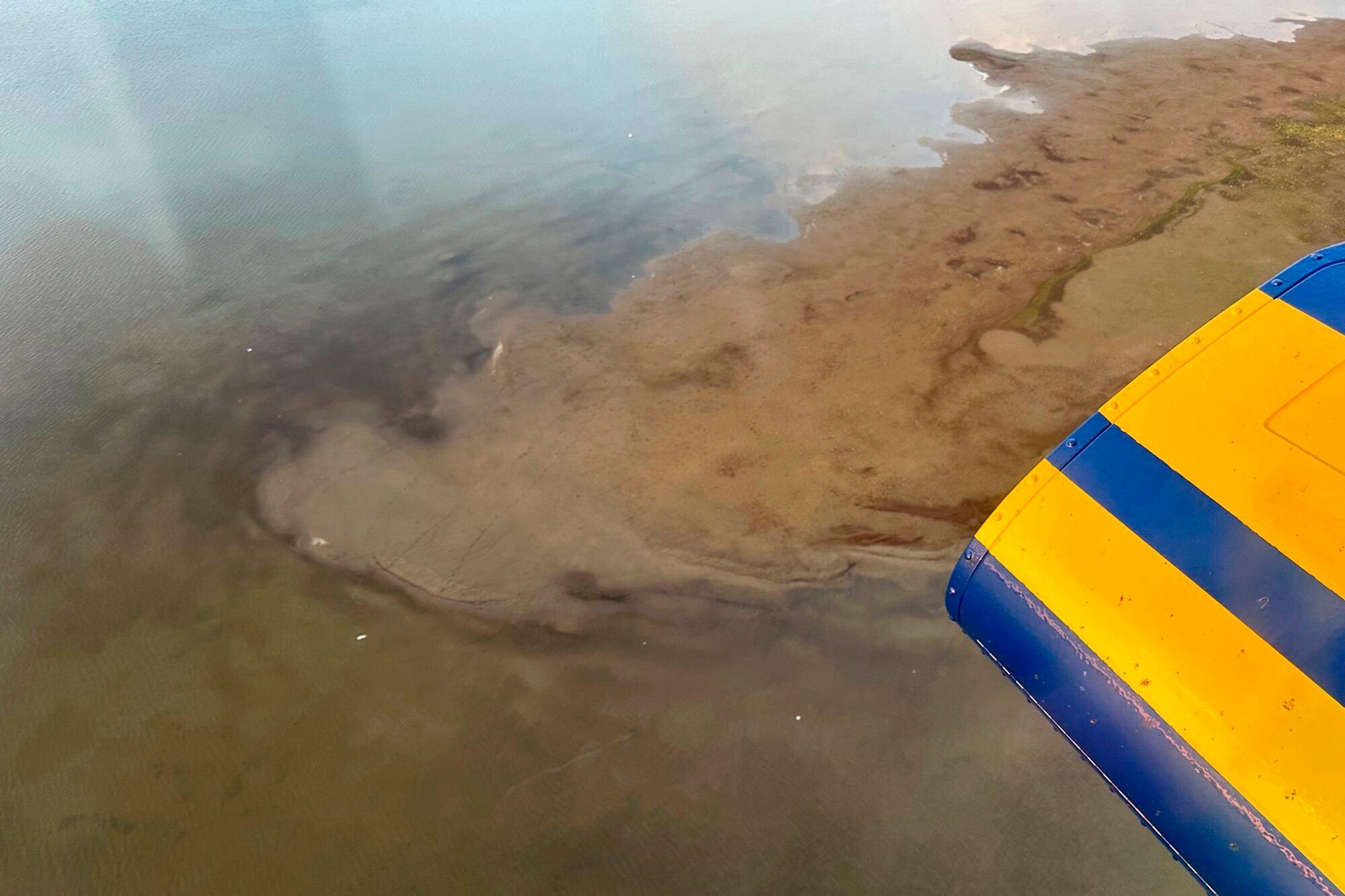By Lisa Rathke and John Minchillo
Rescue teams raced into Vermont on Monday after heavy rain drenched parts of Northeast, washing out roads, forcing evacuations and halting some airline travel. One person was killed in New York as she was trying to leave her home.
Mike Cannon of Vermont Urban Search and Rescue said crews from North Carolina, Michigan and Connecticut were among those helping to get to towns that have been unreachable since torrents of rain belted the state overnight. The towns of Londonderry and Weston were inaccessible, Cannon said, and rescuers were heading there to do welfare checks. A state park in Plymouth was being evacuated, and water levels at several dams were being monitored.
There have been no reports of injuries or deaths related to the flooding in Vermont, according to state emergency officials.
Some people canoed their way to the Cavendish Baptist Church in Vermont, which had turned into a shelter. About 30 people waited it out, some of them making cookies for firefighters who were working to evacuate and rescue others.
“People are doing OK. It's just stressful,” shelter volunteer Amanda Gross said.
Vermont Rep. Kelly Pajala said she and about half dozen others had to evacuate early Monday from a four-unit apartment building on the West River in Londonderry.
“The river was at our doorstep,” said Pajala. “We threw some dry clothes and our cats into the car and drove to higher ground."
The slow-moving storm reached New England in the morning after hitting parts of New York and Connecticut on Sunday. Additional downpours in the region Monday raised the potential for flash flooding.
One of the worst hit places was New York's Hudson Valley, where rescuers found the body of a woman in her 30s whose home was surrounded by water. The force of the flash flooding dislodged boulders, which rammed into the woman’s house and damaged part of its wall, Orange County Executive Steven Neuhaus told The Associated Press. Two other people escaped.
“She was trying to get through (the flooding) with her dog,” Neuhaus said, “and she was overwhelmed by tidal-wave type waves.”
He said many roads and bridges were washed out. Officials believed everyone was accounted for, but they were trying to reach people to make sure they were OK.
Officials say the storm has already wrought tens of millions of dollars in damage. In New York, Gov. Kathy Hochul, a Democrat, said at a news conference Monday that the storm sent “cars swirling in our streets” and dumped a “historic” amount of rain.
“Nine inches of rain in this community,” Hochul said during a briefing on a muddy street in Highland Falls. “They’re calling this a ‘1,000 year event.’”
“It seems like the worst has passed in terms of the volume coming down. But now our job is to make sure that the roads and the bridges are passable,” Hochul said at second storm briefing in a hard-hit section of the Finger Lakes.
Still, the governor said she was expanding the state of emergency to cover other areas of the state.
Massachusetts Gov. Maura Healey said there have been reports of flooding in central and western Massachusetts and state emergency management officials have been in touch with local authorities.
“Right now things are under control, though the water is still accumulating so we’re going to continue to watch that through the afternoon and the evening,” she said.
The U.S. Military Academy at West Point was pounded with more than 8 inches (20.32 centimeters) of rain that sent debris sliding onto some roads and washed others out. Superintendent Lt. Gen. Steven W. Gilland said the recently arrived new cadets and others at the historic academy on the Hudson River were safe, but that assessing the damage will take time.
The storm also interrupted air and rail travel. As of early Monday, there were hundreds of flight cancellations at Kennedy, LaGuardia and Newark airports and more than 200 canceled at Boston's Logan Airport in the last 24 hours, according to the Flightaware website. Amtrak temporarily suspended service between Albany and New York. In Vermont, some 25 state roads were closed.
Vermont Gov. Phil Scott said swift-water rescue teams from outside the state were needed.
“This is an all-hands-on-deck response," he said at a Monday press conference. "We have not seen rainfall like this since Irene, and in some places, it will surpass even that.”
Scott was referring to Tropical Storm Irene in August 2011, when the state got 11 inches (28 centimeters) of rain in 24 hours. Irene killed six in the state, washed homes off their foundations and damaged or destroyed more than 200 bridges and 500 miles (805 kilometers) of highway.
By Monday morning, some towns reported 2 1/2 to 4 inches (6.35 centimeters to 10.16 centimeters) of rain since midnight, and similar totals were expected during the day, said Robert Haynes, meteorologist with the National Weather Service in Burlington, Vermont.
“We still look like we’re on track for that potentially significant, locally catastrophic flooding,” Haynes said.
Cara Philbin, 37, of Ludlow, Vermont, was awakened by a neighbor early Monday and told to clear out of her second-floor apartment because the parking lot was already flooded.
“He told me, ‘You need to get out of here ... your car is going to float away, and I suggest you do not stay,’” said Philbin. The neighbor took her car keys and moved her car to a higher spot, while she called her parents and then drove to their home to ride out the storm, she said.
Minchillo reported from Highland Falls, New York. Kathy McCormack in Concord, New Hampshire; Michael Hill in Albany, New York; and Mark Pratt in Boston contributed.
Updated with latest details.
